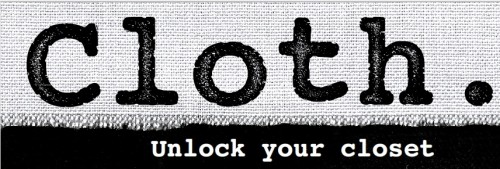
Start Helping, Stop Selling
We recently attended the New Media Expo and had the opportunity to hear Jay Baer, a social media strategist, author, speaker and President of Convince and Convert. Baer presented, Youtility: How Smart Companies Are Helping, Not Selling, and made the case that by providing helpful, useful content, you don’t have to try that hard to sell (if much at all). Baer explained that “Youtility” is the concept of providing valuable content for your readers and customers, to the point where your company becomes valued, trusted, and synonymous with being useful. So when the time comes to make a purchase, your company is the obvious choice.
Baer stated, “Sell something and you make a customer today. Help someone and you create a customer for life.” He also pointed out that, “The difference between helping and selling is just 2 letters.” In Baer’s presentation, he outlined five steps to “Youtility Marketing;” Here are three vital ones:
1. Discover peoples’ needs. Traditional marketing tactics involve telling people why your company is great. With content marketing, you show them. But content marketing isn’t about your company, it’s about your customers. You can discover your customers’ needs in a number of ways, one of which includes discovering what your current or potential customers may be searching for online. Use a keyword search tool, such as Google Keyword Tool, and uncover terms or words that people most commonly search for that are related to your business. This will help you determine what people need, what challenges they may be facing, or what they’re looking for specifically.
Also, observe conversations happening on social media, like Twitter, Facebook, and Quora. Follow hashtags related to your business or industry on Twitter and see what sort of questions people are asking. What kind of content gets shared, commented on and retweeted? Quora is also super useful in that it’s a question-and-answer social media site/community, entirely made up of questions people have on a variety of topics. Search and follow topics that relate to your business, and discover what people are asking.
2. Map needs to programs. Based on the discoveries you make in Step 1, create content or “programs” that map back to peoples’ questions and needs. For example, say you discover people have questions about how to choose the best Email Service Provider (we may have researched this once or twice). Create a variety of content that answers those questions. Write a series of blog posts, create a video on YouTube, make an infographic, produce a podcast, conduct a webinar and/or TweetChat about it. By creating a variety of content, you’re being useful, but also giving readers various ways to interact with and consume content. All of this content should also be optimized for our search engine friends.
In Baer’s presentation, he shared a story about River Pools. Back when the economy began to tank, River Pools was hit hard, as not many folks install pools during tough times. However, the people at River Pools didn’t spend their time singing the blues. They got smart and started answering questions via their blog that customers and potential customers had. They then turned those blog posts into a popular eBook. Guess what happened? In just four years, River Pools grew their company from nearly out of business to the largest pool seller in the US. Based on all the information they provide, 75% of their customers complete a purchase without ever talking to a real person! In fact, River Pools’ customers view approximately 30 pages on their website – Wow!
3. Make Youtility a process, not a project. Like the old saying, “it’s the journey, not the destination,” creating “Youtility” in your content marketing is the same. It isn’t something you can put on your to-do list, and check off permanently. Why? Because our customers’ needs change, technology changes and of course, trends are always changing. Baer cited Cloth, an app that went from originally just helping people organize their closets, to adding a real-time weather feature so people can pick the right outfit (out of said organized closet) for the current conditions. They adapted their strategy to meet the current needs of their audience. Adapt or become extinct as the saying goes.
Parting words from Baer? “Don’t create content. Create Youtility because helping beats selling.” We couldn’t agree more. How will you help your customers?
© 2013 – 2018, Contributing Author. All rights reserved.





